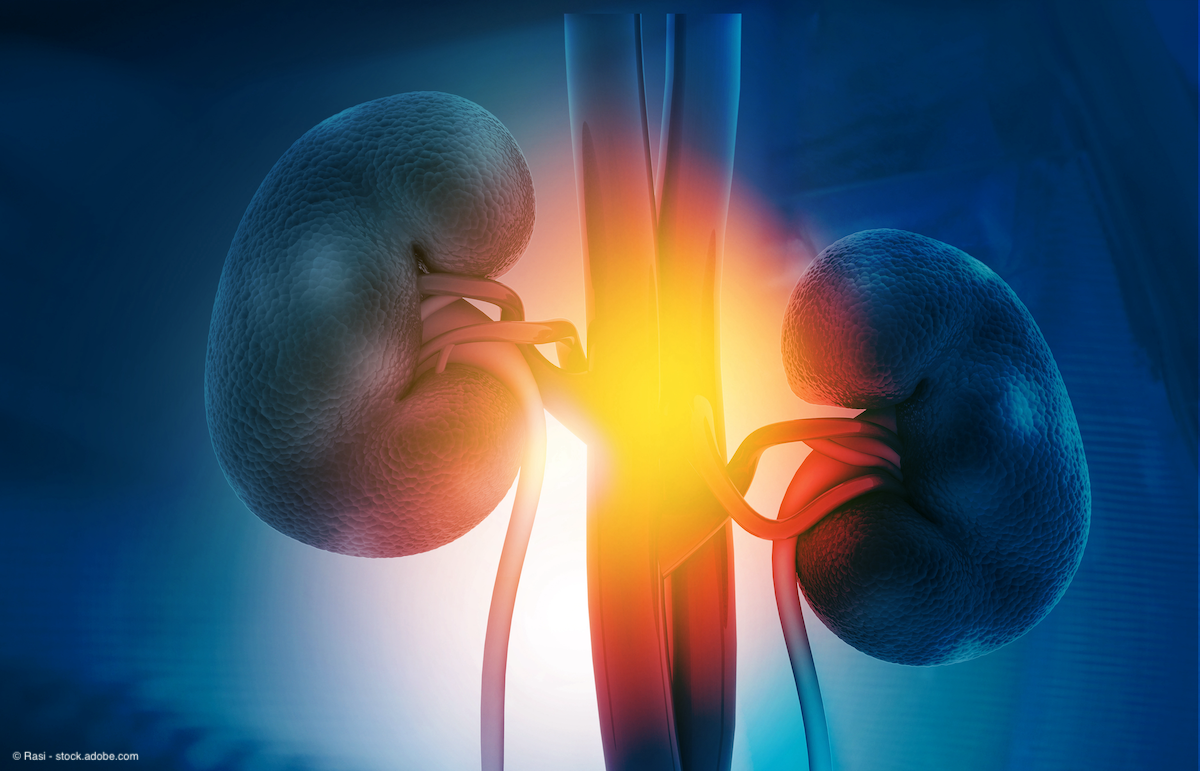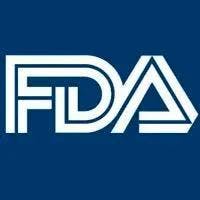News
Article
Urology Times Journal
Apalutamide/ADT does not appear to negatively impact QOL in recurrent prostate cancer
Author(s):
In patients with prostate cancer with biochemical recurrence following primary therapy, an intensified androgen blockade regimen consisting of apalutamide (Erleada) plus androgen deprivation therapy (ADT) or apalutamide plus abiraterone acetate (Zytiga) plus prednisone plus ADT appears to improve prostate-specific antigen (PSA) progression-free survival (PFS) without a negative impact on health-related quality of life (QOL), according to data from the phase 3 PRESTO trial (NCT03009981).1
The QOL data were presented at the 2024 American Society of Clinical Oncology Annual Meeting in Chicago, Illinois.
Results from the PRESTO trial were published earlier this year in the Journal of Clinical Oncology. The trial consisted of 504 men who had undergone radical prostatectomy, had biochemical recurrence with a PSA doubling time of 9 months or less, had received prior salvage radiation therapy unless contraindicated, no metastasis on conventional imaging, and a testosterone level of at least 150 ng/dL. The patients were randomly assigned 1:1:1 to 52 weeks of treatment consisting of LHRH agonist or antagonist (Arm A), ADT plus apalutamide (Arm B), or ADT plus apalutamide plus abiraterone acetate plus prednisone (Arm C). The primary end point was PSA PFS.2
Investigators found that intensification with either apalutamide alone or apalutamide plus abiraterone plus prednisone led to improved PSA PFS.
Ronald C. Chen, MD, MPH, FASCO, FASTRO

“However, this story is incomplete because although intensified androgen blockade improved PSA progression-free survival, patients and physicians need to understand the impact of treatment on quality of life to make an informed decision,” said presenting author Ronald C. Chen, MD, MPH, FASCO, FASTRO, professor and chair of radiation oncology at the University of Kansas Medical Center in Kansas City.
Chen added that although previous studies have examined the health-related quality of life impact of apalutamide plus abiraterone plus prednisone in patients with advanced prostate cancer, this area has been understudied in earlier stage prostate cancer. To that end, Chen and his coauthors utilized several quality-of-life instruments to assess the PRESTO population: the Expanded Prostate Cancer Index Composite (EPIC) – hormonal domain and sexual domain, PROMIS-Fatigue, Hot Flash Related Daily Interference Scale (HFRDIS), and EQ5D-5L.
Median patient age was 67, 66, and 67 in Arms A-C, respectively. Time elapsed since prostatectomy was 4.6 years, 4.7 years, and 4.0 years respectively. 88.6%, 84.5%, and 81.1% had received prior radiation therapy, respectively. PSA doubling time was less than 3 months in 25.9%, 25.6%, and 26.0%, respectively, and between 3 and 9 months in 74.1%, 74.4%, and 74.0%, respectively. Median testosterone levels were 352 ng/dL, 378 ng/dL, and 339 ng/dL, respectively.
Per the earlier published PRESTO data, 87.7%, 93.5%, and 91.9% of Arms A-C completed therapy. Testosterone recovery to 150 ng/dL was achieved in 5.1 months, 5.7 months, and 6.9 months, respectively. Serious adverse events were observed in 8%, 9%, and 17%, respectively, of which the most common was hypertension.2
The EPIC Sexual Domain score ranges from 0 to 100, with a minimally important difference (MID) of 10 to 12.
“What an MID means is that when there is a change in score, or a difference across arms that's above this threshold, then that represents a meaningful difference to patients,” Chen explained.
QOL was evaluated at baseline, at C7D1 (approximately 6 months), and at the end of treatment (EOT). Mean change in EPIC Sexual Domain from baseline to C7D1 was -12.3, -14.2, and -14.4, respectively, and -15.3, -15.8, and -16.0, respectively at EOT. Although treatment on the trial negatively affected sexual function in patients, the difference was not statistically significant across the treatment arms.
Chen reported results from individual items on the EPIC Sexual Domain. For “erections firm enough for intercourse,” at EOT, 5.2%, 4.6%, and 2.3% in Arms A-C reported “good” or “very good.” For “able to reach orgasm,” 1.8%, 4.7%, and 2.3% reported “good” or “very good,” respectively.
The EPIC Hormonal Domain score ranges from 0 to 100, with an MID of 4 to 6. Mean change in this domain from baseline to C7D1 was -19.3, -19.6, and -18.9, respectively, and at EOT was -20.2, -23.8, and -21.7, respectively.
Chen reported several individual items from the EPIC Hormonal Domain. In Arms A-C, 3.5%, 3.8%, and 1.6% reported breast tenderness as a “big problem” or “moderate problem” at EOT. In addition, 7.1%, 8.1%, and 6.3% reported depression as a “big problem” or “moderate problem”; 29.8%, 33.1%, and 35.2% reported lack of energy as a “big problem” or “moderate problem”; and 14.0%, 19.7%, and 14.4% reported change in body weight as a “big problem” or “moderate problem.”
The HFRDIS score ranges from 0 to 100, with an MID 1.66. Mean change in HFRDIS from baseline to C7D1 was 13.4, 15.0 and 15.5, respectively, and at EOT was 14.3, 14.3, and 15.0, respectively.
The PROMIS-Fatigue score ranges from 6 to 30, with an MID of 3 to 5. Mean change in this score from baseline to C7D1 was 3.8, 5.6, and 5.4, respectively, and at EOT was 5.3, 6.9, and 7.0, respectively.
The EQ5D-5L Index Score ranges from -0.59 to 1, with an MID of 0.06. Mean change in this score from baseline to C7D1 was -.003, -.01, and -.01, respectively, and at EOT was -.02, -.02, and -.01, respectively.
“Taking the results from PRESTO overall and now with a more complete story, in men with biochemical recurrence after completing a primary local therapy, intensified androgen blockade with apalutamide vs ADT alone improved PSA progression-free survival and did not increase [serious adverse events], did not lengthen time to testosterone recovery, and did not meaningfully increase common treatment-related symptoms. Additional intensification with triple androgen blockade did not further improve PSA control, but did increase SAE, did lengthen time to testosterone recovery, and increase hot flash interference. Therefore, PRESTO and EMBARK...together provide a strong rationale for intensification of treatment for men with high-risk biochemical recurrence after completing primary local therapy…Intensified therapy will reduce the need for subsequent treatments and may actually lead to improved long-term quality of life compared to ADT alone,” Chen said in his concluding remarks.
REFERENCES
1. Chen RC, Mazza GL, Fruth B, et al. Health-related quality of life (HRQOL) results from PRESTO (AFT-19), a phase 3 randomized trial of intensification of androgen blockade in patients with high-risk biochemically relapsed castration sensitive prostate cancer. Presented at: 2024 American Society of Clinical Oncology Annual Meeting. May 31-June 4, Chicago, Illinois. Abstract 5006. https://meetings.asco.org/abstracts-presentations/234508
2. Aggarwal R, Heller G, Hillman DW, et al. PRESTO: A phase III, open-label study of intensification of androgen blockade in patients with high-risk biochemically relapsed castration-sensitive prostate cancer (AFT-19). J Clin Oncol. 2024;42(10):1114-1123. doi:10.1200/JCO.23.01157




























